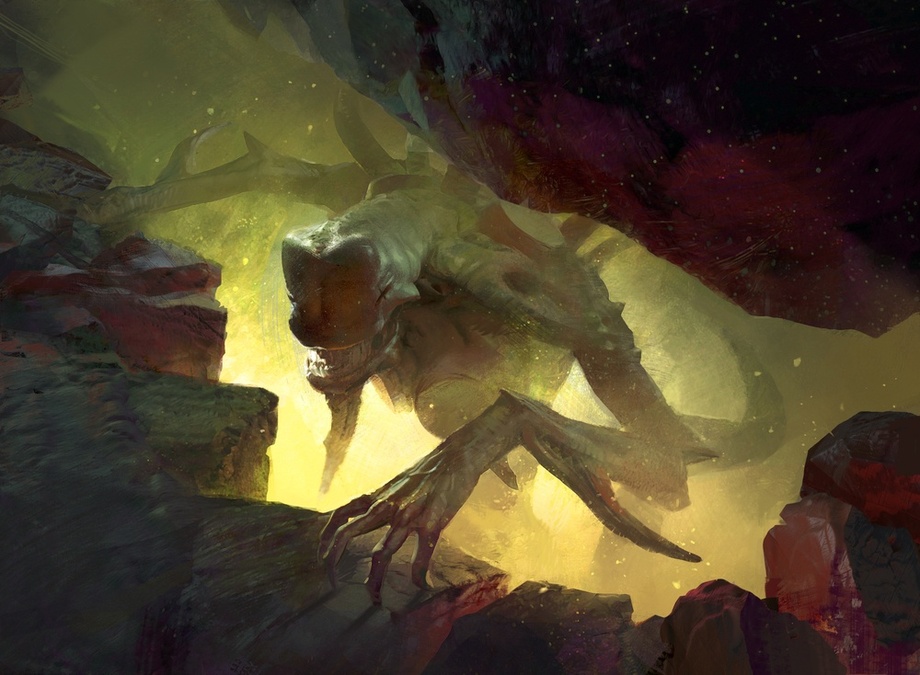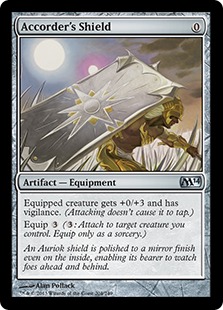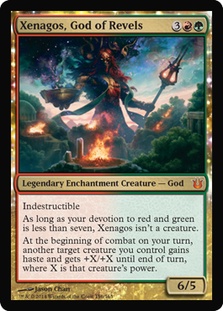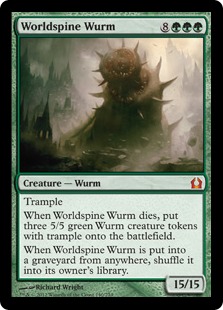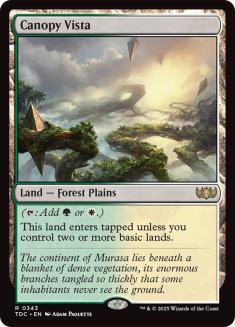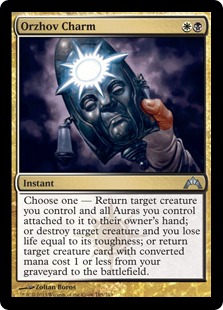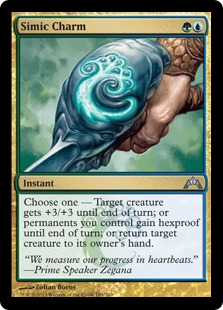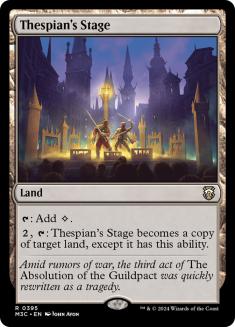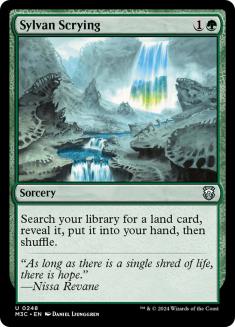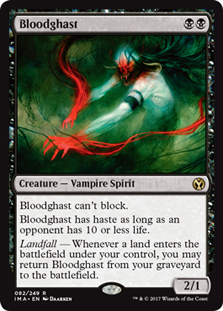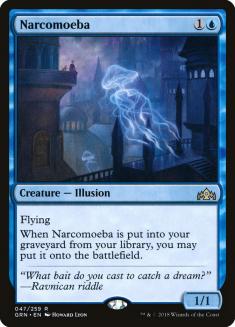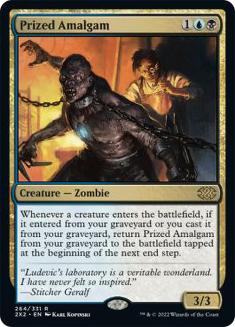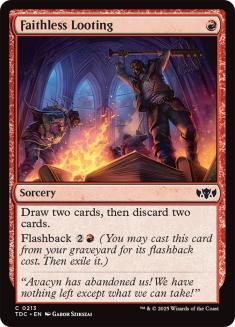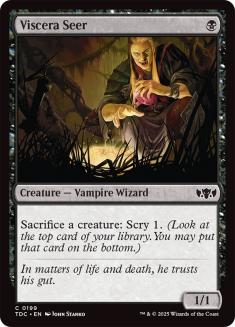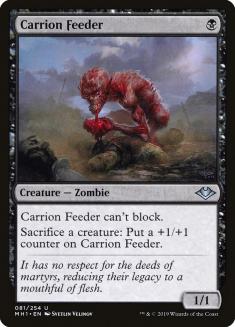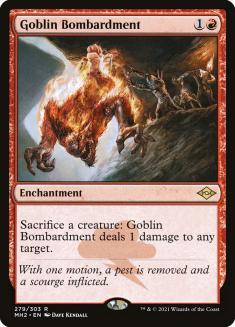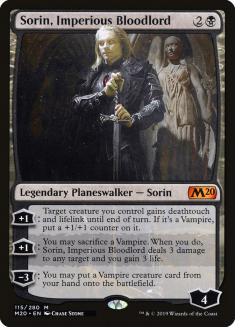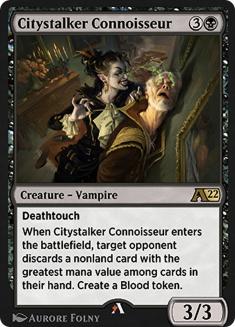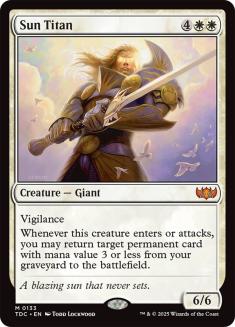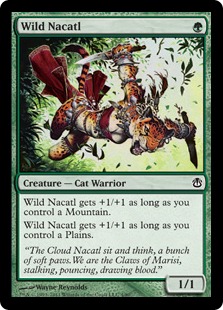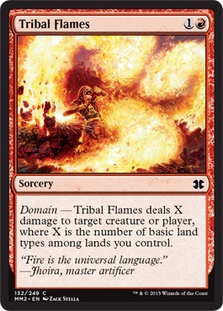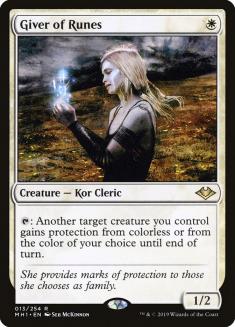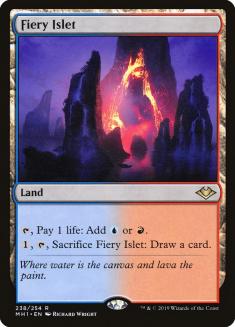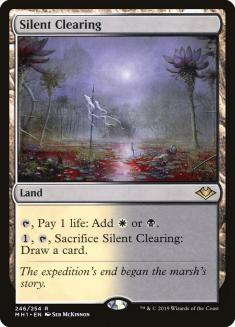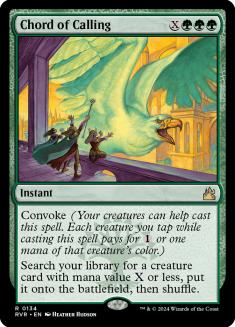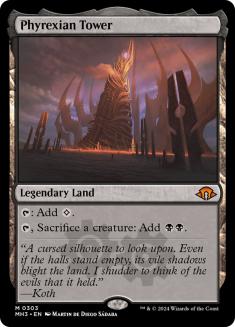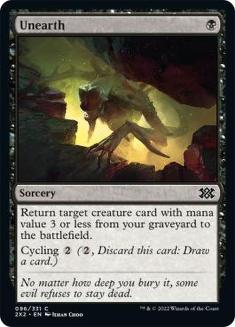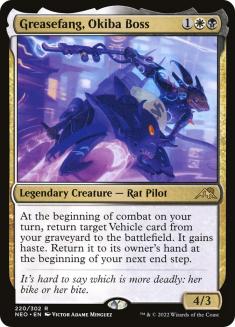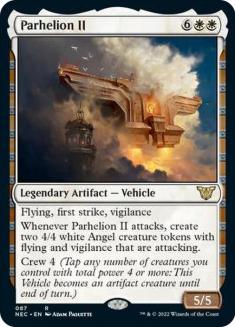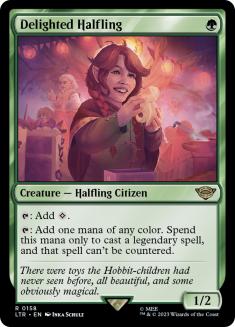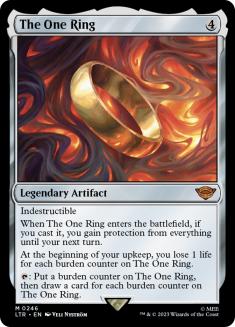As the new toys from The Lord of the Rings: Tales of Middle-earth tear up every format, another ragtag bunch of cards is arriving on MTG Arena with a pair of Anthologies.
Explorer Anthology 3
Explorer Anthology 3 is welcome and long overdue. The gaps between Explorer and Pioneer will vanish, and one of tabletop Magic’s leading competitive formats will be playable on its main digital platform…
I almost fooled myself there for a second! This Anthology features a few assorted playables and a lot of casual favourites, but leaves Explorer with some glaring omissions.
The addition of Xenagos, God of Revels and Worldspine Wurm let the Indomitable Creativity decks here adopt the big finish that let Reid Duke lift the trophy at Pro Tour Phyrexia.
A full five slots are used on the ‘Battle land’ cycle that Pioneer has thankfully moved past now.
Prairie Stream shows up in Azorius Control builds that care about land types for Lay Down Arms, but I don’t expect to see Game Trail and friends ever again now that allied colours have Pathways, painlands, and fastlands. It’s a good sign that you don’t have to resort to these lands anymore, which makes their inclusion here even more baffling.
The Return to Ravnica Charm cycle ‘only’ takes up five slots, but the most playable ones were shut out to make room here! Boros Charm and Azorius Charm have seen at least fringe play in Pioneer. I’m not sure who the target audience is for Simic Charm…
At the other extreme, Thespian’s Stage and Sylvan Scrying were at the top of the wish list for Pioneer combo enthusiasts who want to play Lotus Field Combo on Arena’s smoother game engine. They are both here – but without the missing piece in Hidden Strings that the deck needs to work! This Anthology taunts you with the promise of what you want without offering any consolation for snatching it away again.
Seeking Clarity
Some clarity about Explorer’s schedule is badly needed. There’s a case for letting Explorer develop at some distance from Pioneer as an experiment in what could be if certain cards or decks were removed. Lotus Field is a common topic of Banned List discussion, but banning it looks terrible if it turns out you want to free it again later, so why not take this chance to peek at that other timeline?
Perhaps this reluctance to release Hidden Strings is already an admission that the deck’s presence in Pioneer is seen as undesirable and Explorer’s puppeteers are keen to delay that for as long as possible. Losing to a long combo turn where none of your cards do anything is an experience that could drive less engaged Arena players away for good.
If you’re more cynical, this slow drip of playables is an attempt to force Pioneer addicts to buy each of these bundles to complete their deck of choice. If you’re cynical in another way, this is just yet another example of Arena’s stewards being asleep at the wheel – and the mismanagement of Historic and Alchemy is compelling evidence for that view. Each of these theories seems plausible to me. In the absence of clear communication from the Arena team, we must draw our own conclusions.
Historic Anthology 7
Historic Anthology 7 is more of a mixed bag with a less clear role. Explorer will always exist as a branch of Pioneer, but Historic is a lawless zone where anything goes. With no clear identity for the format and no tournaments to test any assumptions about it, it’s hard to guess at how impactful any new card will be.
Let’s start with a repeat offender from past formats:
Bloodghast is a very strange card. Without a specific purpose, it’s a useless piece of cardboard, but with the right tools, it’s the enabler that you need to light a fire under your plan.
There’s an ever-expanding list of creatures that return themselves from the graveyard or reward you for that, and it’s easy to build a big battlefield quickly. Unfortunately that’s all you can do – there’s no Dread Return to convert that into one last flourish or Cabal Therapy to shred the opponent’s hand. It’s tempting to bring Faithless Looting and Bloodghast back together, but then what?
Free sacrifice outlets are the ideal pairing for a creature that comes back for free. Those are in short supply too, however; the ones pictured here are all cards you assume must be in Historic until you get around to building decks. Altar of Dementia is legal and somewhat intriguing – the Mono-Black God-Pharaoh’s Gift deck from the very early days of Historic may be a good template.
I have a soft spot for Sorin, Imperious Bloodlord and have visions of looping Bloodghast to let Sorin fire off a Lightning Helix every turn. The recent Innistrad sets and Shadows over Innistrad Remastered dumped a whole coven of Vampires onto Arena, joining Alchemy all-star Citystalker Connoisseur and a recent gift in Markov Baron.
The tools are there for a Vampire theme, but I won’t get my hopes up. Even if you get this loop going and can exploit these synergies, the individual cards like Crucias, Titan of the Waves and Sheoldred, the Apocalypse in the normal Rakdos Midrange recipe are still more powerful.
The Magic 2011 Titans have arrived at last, but are showing their age. At the time, they were revolutionary designs that pushed the limits of what creatures could do – now, you can get a better deal at a lower price.
Sun Titan is worth noting for its combo potential, but the cheap Clones and permanent reanimation effects it wants to dance with don’t exist here. Primeval Titan is the most dangerous of all but encounters the same limits – there’s no Valakut, the Molten Pinnacle or Amulet of Vigor to convert that hefty upfront investment into an immediate return. My dreams of playing Amulet Titan on Arena may have to wait.
Zoo stars Wild Nacatl and Tribal Flames join strong domain cards like Territorial Kavu and Leyline Binding, but fetchlands are essential for that strategy. When you can’t guarantee access to the right shockland or Triome, you’re at the mercy of your manabase, and you can’t afford to miss a beat in Historic.
Giver of Runes is only as good as the creature it protects, but Historic is the final home of the best creature of all time. Small creature decks accompanied by Lurrus of the Dream-Den were a pillar of Historic a few months ago, and Giver is an appealing option if you don’t require a specific card or creature type.
The Modern Horizons ‘Canopy lands’ are one land cycle that everyone is happy to see in an Anthology. Low-curve aggro like Arena Championship 2 finalist Izzet Wizards or the various white aggro decks will enjoy this boost, but Waterlogged Grove may stay on the sidelines for now.
The biggest achievement of Explorer Anthology 3 may be delivering Chord of Calling to Historic. Yawgmoth, Thran Physician arrived on Arena with much fanfare years ago, but it lacked its supporting cast from Modern and couldn’t find the right replacements. Young Wolf and Eldritch Evolution are here now, while new additions Delighted Halfling and Orcish Bowmasters are making waves in Modern Yawgmoth too.
Creatures (30)
- 4 Young Wolf
- 1 Blood Artist
- 3 Elvish Mystic
- 3 Hapatra, Vizier of Poisons
- 4 Yawgmoth, Thran Physician
- 1 Gilded Goose
- 4 Prosperous Innkeeper
- 1 Sheoldred, the Apocalypse
- 1 Skyfisher Spider
- 4 Delighted Halfling
- 4 Orcish Bowmasters
Lands (23)
Spells (7)

Wall of Roots and some Modern Horizons 2 upgrades will have to wait – Wall of Roots is still bugged on Magic Online (MTGO) after more than seven years, so I wouldn’t hold my breath on that one. For now, Historic Yawgmoth gets the perfect consolation prize in Phyrexian Tower. I’ve built many Modern decks that desperately wanted Tower, and it’s a treat to play with it again here.
Unearth never saw much play in the nineties, before creatures were playable, but it won a new generation of fans when it was reprinted in Modern Horizons. It wasn’t an obvious fit in the midrange decks in Modern, and graveyard combo decks that also cared about creature removal were a risky proposition there. Historic is a much safer playground for those strategies.
Mardu Greasefang already had some interest in Can’t Stay Away, and the efficiency of Unearth is a big upgrade there, making it easier to cast an enabler and buy back Greasefang in the same turn. At four mana, you can cast Greasefang and attempt to move to combat – if they kill Greasefang before then, you can Unearth it right away and present that same threat again. Stitcher’s Supplier, Seasoned Pyromancer, and Crucias are all compelling Unearth targets too.
Creatures (17)
- 4 Kethis, the Hidden Hand
- 4 Emry, Lurker of the Loch
- 4 Kinnan, Bonder Prodigy
- 1 Sheoldred, the Apocalypse
- 4 Delighted Halfling
Planeswalkers (5)
Lands (22)
Spells (16)

How about Kethis? Historic’s most accomplished combo deck has gained so many new tools over the past year that building the deck feels impossible and current lists look completely different from their ancestors.
The Lord of the Rings: Tales of Middle-earth brought its own amazing windfall. Delighted Halfling does what no other mana creature could for the deck and is the perfect setup for Kinnan, Bonder Prodigy.
Between Halfling, Mox Amber, and Kinnan, you can cast The One Ring consistently on Turn 3 or even on Turn 2. The Kethis combo has so many moving parts that it’s easy to have awkward draws, but a self-contained engine that buries the opponent in card advantage is a great way to dodge that.
Unearth also offers much more consistent access to Kethis. With Jace, the Perfected Mind and Emry, you can mill yourself at breakneck speed until you find a Kethis, which now has a fully stocked graveyard to play with.
Creatures (16)
- 2 Dreadhorde Arcanist
- 2 Kroxa, Titan of Death's Hunger
- 1 Sheoldred, the Apocalypse
- 4 Crucias, Titan of the Waves
- 4 Jarsyl, Dark Age Scion
- 3 Orcish Bowmasters
Lands (24)
Spells (20)

This final, fair shell for Unearth shows why some people are so sick of playing against Alchemy cards. Crucias, Titan of the Waves is one of the most powerful cards in years, but its influence only reaches to the older Arena formats. An uncontested Crucias takes over a game, and Unearth makes contesting it much harder.
Jarsyl, Dark Age Scion is just as impressive here. This spiritual successor to Dreadhorde Arcanist (another card that will surely see more play with Unearth around) lets you curve out all over again with cards you’ve already exchanged. Thoughtseize clearing the way for Jarsyl to recast that same Thoughtseize is a common play pattern, but Unearth adds another dimension to those chains – you can Unearth Jarsyl and then use that Unearth again to buy back another threat such as Crucias. Note that Jarsyl doesn’t exile that spell, so if the opponent somehow cleans up that battlefield, another copy of Jarsyl can restart the party.
This Historic Anthology doesn’t spawn new archetypes by itself, but it sprinkles some fan favourites into the format and gives the current champions even more options for fighting each other.

